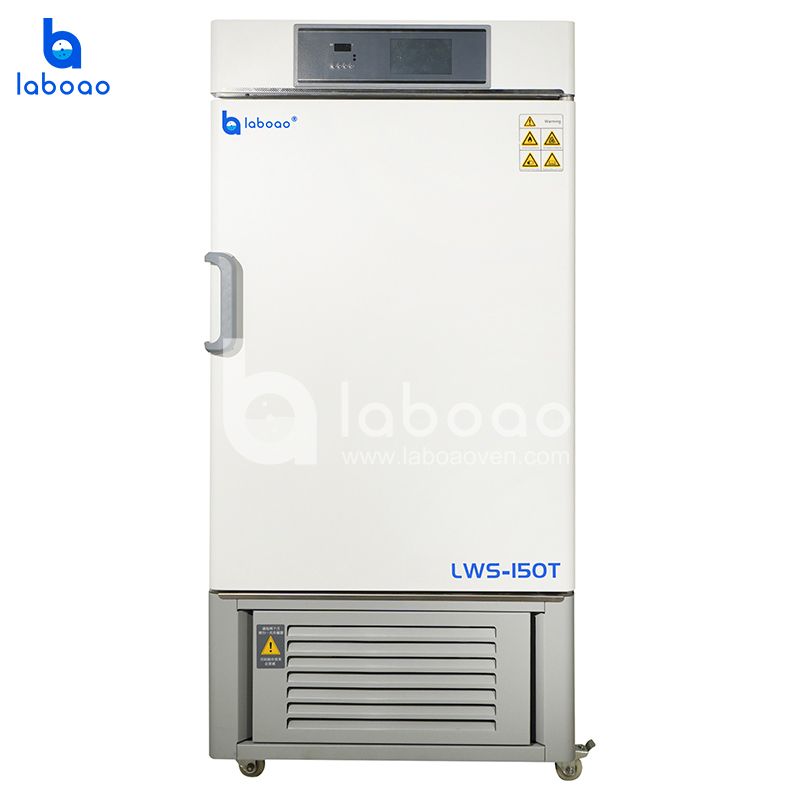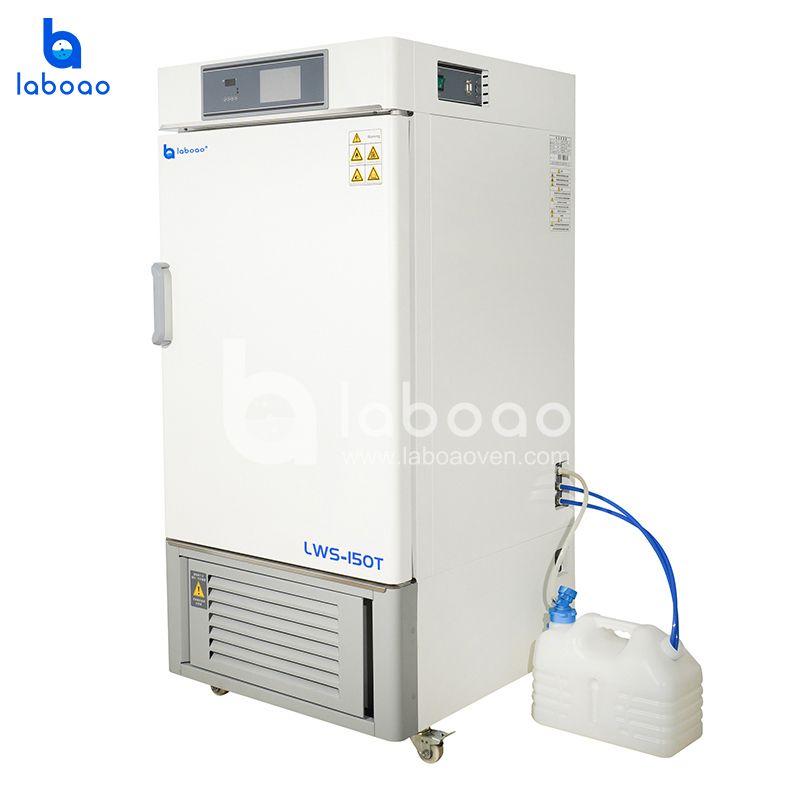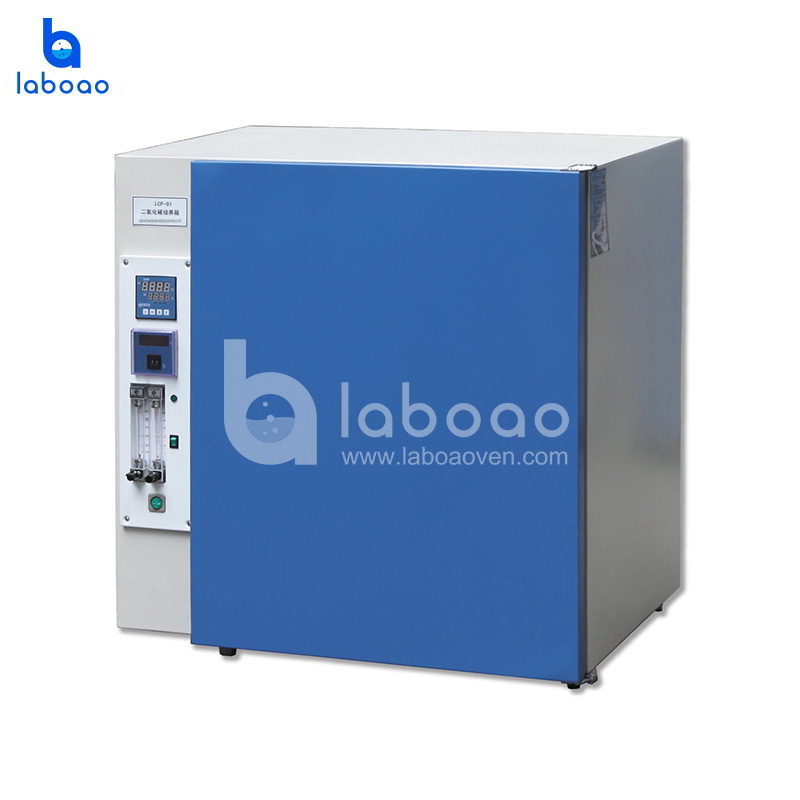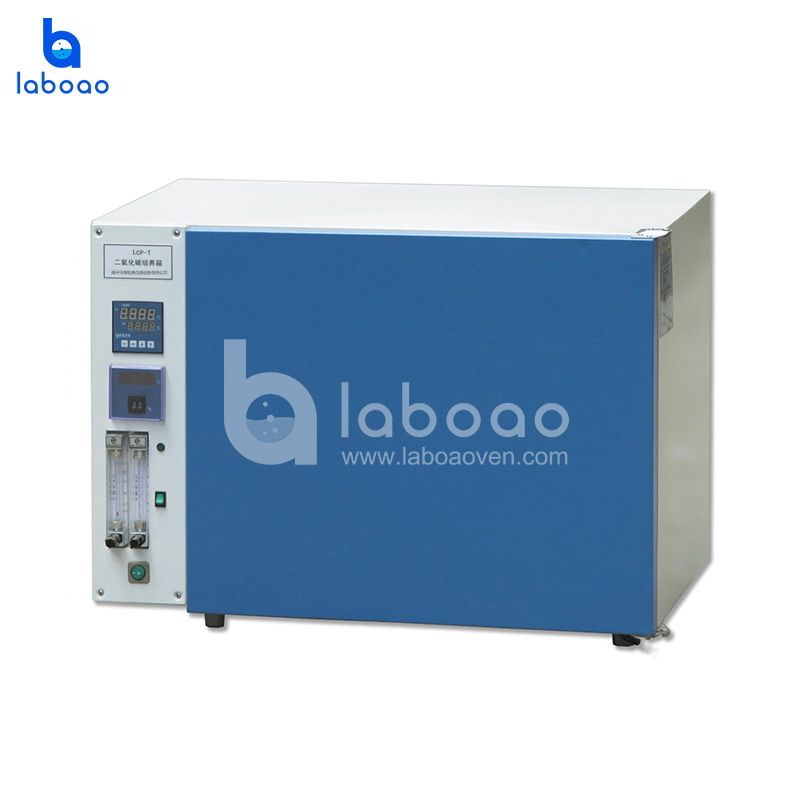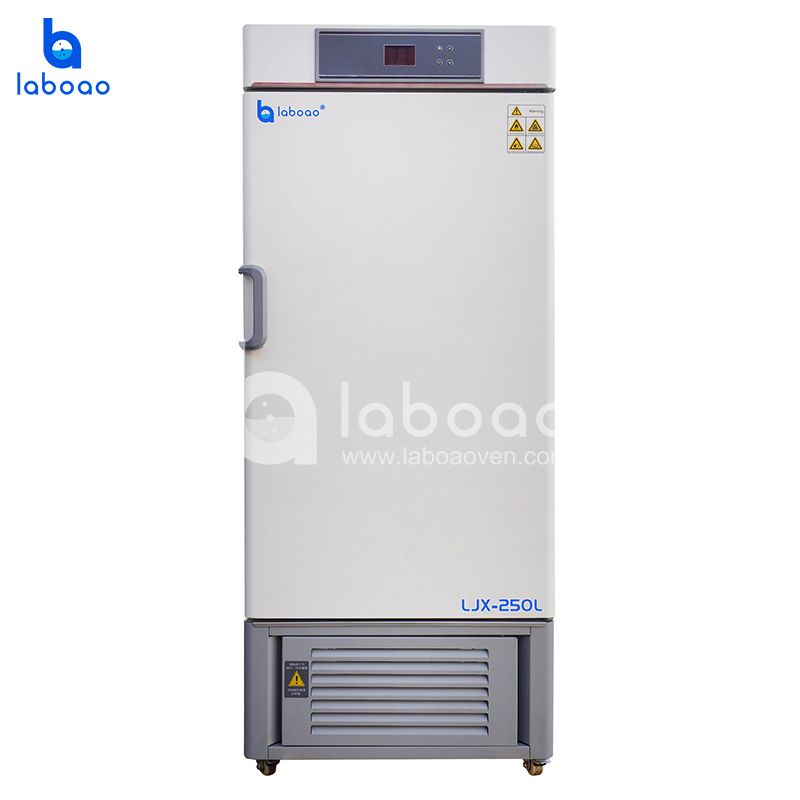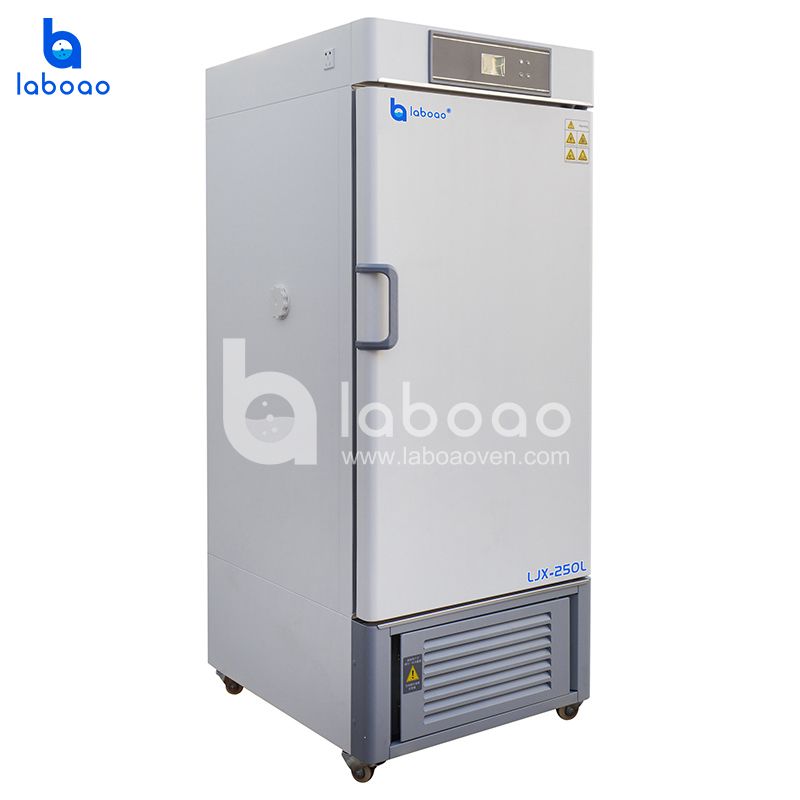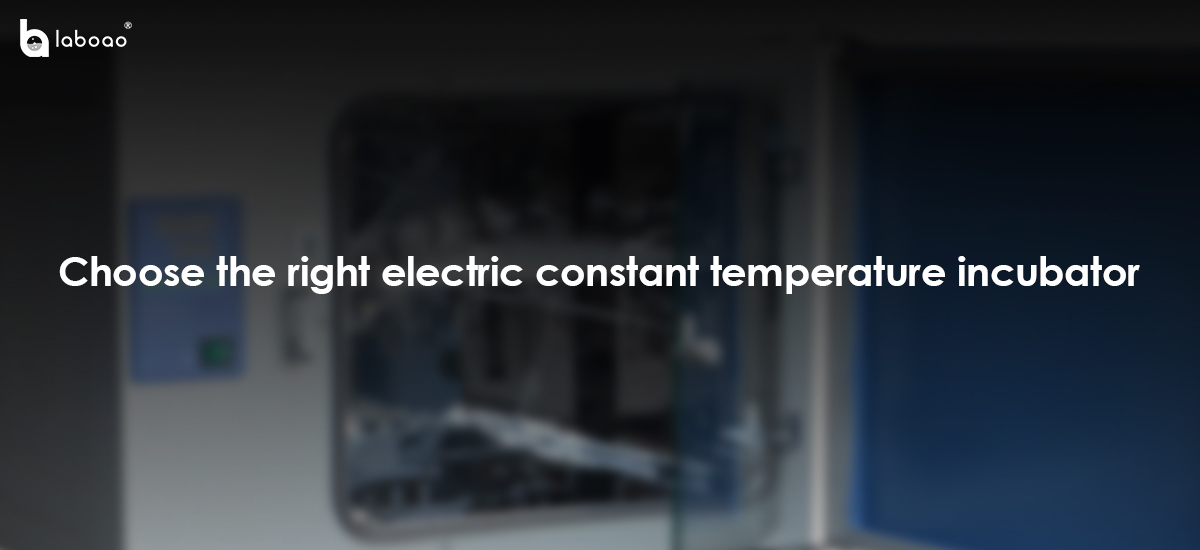
Electric constant temperature incubators are widely used because of their stable temperature control performance and adaptability to a variety of experimental needs. However, facing the dazzling array of electric constant temperature incubators on the market, how to choose a device that suits you has become a difficult problem for many experimenters. When choosing, we should pay attention to the following requirements:
1. Temperature control accuracy and uniformity
The core function of the electric constant temperature incubator is temperature control. It provides a constant temperature environment through a water jacket system. The temperature control accuracy and uniformity directly affect the reliability of the experimental results.
Temperature control accuracy: Generally speaking, its temperature control accuracy is between ±0.1℃ and ±0.5℃. High-precision temperature control can ensure the stability of temperature during the experiment and avoid the impact of temperature fluctuations on experimental data.
Temperature control uniformity: Good temperature control uniformity means that the temperature difference at different locations inside the incubator is small. When choosing, you should pay attention to the uniformity of temperature distribution in the incubator, especially for experiments with long-term cultivation. Excessive temperature fluctuations will lead to inconsistent experimental results.
Selection suggestions: For experiments with high precision requirements (such as cell culture, enzyme activity research, etc.), equipment with high temperature control accuracy and good uniformity should be selected.
2. Capacity and internal space design
Different experimental needs require incubators of different sizes. Its capacity is usually measured in liters (L), ranging from tens of liters to hundreds of liters.
Experimental scale: If it is a small-scale experiment or the laboratory space is limited, a small (50L-100L) incubator can be selected. For large-scale culture or experiments that require more cultures, a large-capacity (200L or more) incubator should be selected.
Internal space design: The rationality of the internal space design is also very important. The shelves, rack adjustment function, door opening method (such as single door, double door), etc. of the incubator will affect its use.
Selection suggestion: Choose an incubator with appropriate capacity according to the scale of the experiment and space requirements. The internal design should be flexibly adjusted according to the usage habits and experimental needs to ensure efficient operation.
3. Humidity control function
Electric constant temperature incubators are often used in experiments with high humidity requirements (such as plant growth, cell culture, etc.). Humidity control function is one of the important indicators for evaluating performance.
Humidity range: Different experiments require different humidity control ranges, and humidity can generally be adjusted between 60%-95%RH. When purchasing, it is necessary to confirm whether the humidity range that the incubator can provide meets the experimental requirements.
Humidity volatility: The volatility of humidity should also be considered. Some can accurately adjust the humidity to reduce the impact of humidity fluctuations on the experiment.
4. Safety and protection functions
Generally used in experimental environments with high requirements for temperature and humidity control, safety and protection functions cannot be ignored.
Over-temperature protection: When the temperature inside the incubator exceeds the set value, the over-temperature protection function can automatically cut off the power or alarm to prevent damage to experimental items due to over-temperature.
Waterproof design: Since the water jacket heating method is used, waterproof design is very important. Ensure that the water jacket system is not easy to leak to avoid equipment damage or experimental failure due to water leakage.
Alarm function: The incubator is usually equipped with alarm systems such as high temperature, low temperature, and abnormal humidity to promptly remind the experimenter of abnormal conditions and ensure the smooth progress of the experiment.
Selection suggestion: Give priority to incubators with safety functions such as over-temperature protection and water leakage alarm to ensure safety during the experiment.
5. Energy saving and environmental protection
With the promotion of environmental protection and energy-saving concepts, the selection of energy-saving and environmentally friendly equipment has become an important consideration in the purchase of laboratory equipment.
Energy saving: The use of more efficient heating and insulation technology can reduce energy consumption and thus reduce the cost of use.
Materials: For equipment used for a long time, the selection of materials that meet environmental protection standards, such as fluorine-free environmentally friendly refrigerants, non-toxic materials, etc., can reduce the burden on the environment.
Selection suggestion: When purchasing, you can refer to the energy efficiency rating and environmental protection certification of the equipment to ensure that the equipment is both energy-saving and meets environmental protection requirements.
6. Brand and after-sales service
Finally, brand and after-sales service are important factors that must be considered when choosing an incubator. Usually, the product quality, technical support and after-sales service are more guaranteed.
Brand reputation: You can choose a brand with a good reputation by checking user reviews or peer recommendations. Generally, it will provide more reliable quality assurance and technical support.
After-sales service: Understand the manufacturer's after-sales policy to ensure that the equipment can be repaired and replaced in time when there is a problem, so as to avoid affecting the progress of the experiment due to equipment failure.
Selection suggestion: Choose a brand with a good reputation and perfect after-sales service, which can get better protection during the use of the equipment.
